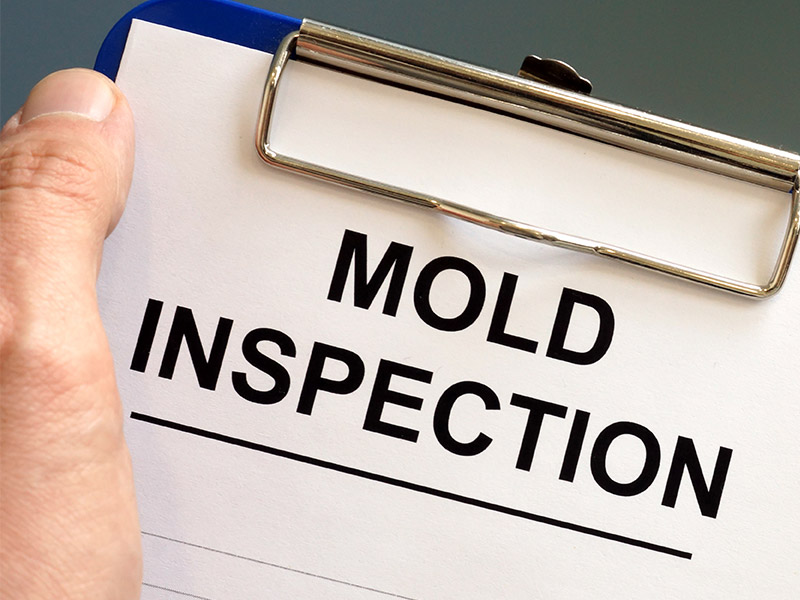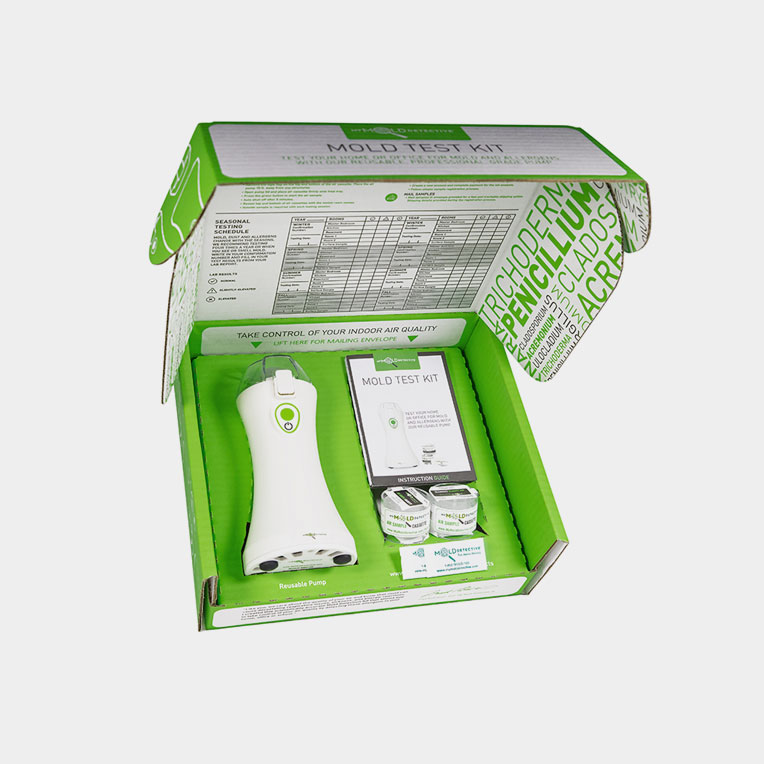Just How Mycotoxin Screening Helps Avoid Contamination and Guard Food Products

Mycotoxin screening is an essential technique in the food industry, offering as a frontline protection versus contamination by damaging toxins produced by mold and mildews. Through the application of sophisticated strategies like High-Performance Liquid Chromatography (HPLC) and Liquid Chromatography-Mass Spectrometry (LC-MS), food producers can properly quantify and detect mycotoxin levels in farming products.
Recognizing Mycotoxins
Comprehending mycotoxins begins with identifying that they are poisonous additional metabolites created by particular molds, which can infect agricultural products. These metabolites are not crucial for the development or recreation of the fungi but can have serious implications for animal and human health and wellness. Mycotoxins are generally discovered in staple crops such as corn, wheat, barley, and nuts, where they can proliferate under particular conditions of dampness and temperature.
There are numerous sorts of mycotoxins, each produced by various fungal species. Aflatoxins, generated by Aspergillus species, are amongst the most infamous, recognized for their carcinogenic residential or commercial properties. Another significant group includes ochratoxins, produced by Aspergillus and Penicillium varieties, which have nephrotoxic results. Fusarium varieties produce fumonisins and trichothecenes, both of which are related to different intense and persistent health and wellness issues.

Dangers of Mycotoxin Contamination
The dangers of mycotoxin contamination are multifaceted, posing substantial threats to both food security and public health. Mycotoxins, harmful compounds generated by particular kinds of fungi, can contaminate a large range of agricultural items consisting of cereals, nuts, seasonings, dried out fruits, and coffee. Once these toxins penetrate the food supply, they can bring about serious health and wellness issues such as liver damages, kidney failure, and even cancer. Prone populations, including children, the senior, and immunocompromised individuals, are particularly at risk.
Economic effects are another significant concern. Polluted crops can result in significant monetary losses for farmers and food manufacturers as a result of lowered yields and the requirement for pricey decontamination steps. In addition, global trade can be substantially hindered as nations enforce strict mycotoxin policies to shield their populations, bring about denied shipments and strained trade relations.
Environmental variables such as climate adjustment exacerbate the threat of mycotoxin contamination. Variations in temperature level and humidity can create favorable conditions for fungal development, raising the chance of contamination events. Therefore, understanding and minimizing these risks are crucial for guaranteeing the safety and security and integrity of worldwide food supplies.
Approaches of Mycotoxin Testing
Properly identifying mycotoxin contamination in agricultural items is important for protecting public health and wellness and preserving food safety requirements. Different approaches are employed to detect and measure mycotoxins, each offering important link details benefits and limitations.
High-Performance Liquid Chromatography (HPLC) is a commonly used method due to its high level of sensitivity and accuracy. It involves dividing mycotoxins from other materials in a sample, allowing exact metrology. Fluid Chromatography-Mass Spectrometry (LC-MS) incorporates fluid chromatography with mass spectrometry to supply in-depth molecular info, making it particularly beneficial for identifying multiple mycotoxins concurrently.

Gas Chromatography-Mass Spectrometry (GC-MS) and Thin-Layer Chromatography (TENDER LOVING CARE) are additionally utilized, each with unique applications. GC-MS works for unstable mycotoxins, while TLC provides a less complex, economical option for preliminary testing.
Benefits of Normal Testing
Routine screening for mycotoxins in agricultural products offers numerous advantages, dramatically adding to public health and food security. By identifying contamination early, normal screening assists avoid the distribution of toxic foods, thereby minimizing the risk of mycotoxin-related ailments among customers. This positive approach not just safeguards human health but also boosts the general quality of food materials.
Different countries and regions have actually established rigid limitations for mycotoxin levels in food and feed. Sticking to these restrictions through regular testing makes sure that suppliers and producers fulfill lawful standards, consequently avoiding fines and trade barriers.
Additionally, regular mycotoxin screening can lead to significant economic advantages. Early detection of contamination enables timely treatment, reducing possible losses from prevalent contamination. Carrying out normal screening methods can likewise lessen recall prices and related liabilities, which can be monetarily ravaging.
Additionally, normal testing offers valuable information that can notify much better agricultural practices and storage problems. By understanding patterns of contamination, manufacturers can adopt safety nets, therefore minimizing future dangers and contributing to the sustainability of the food supply chain.
Carrying Out Evaluating Procedures
Carrying out effective mycotoxin testing protocols is critical for ensuring the safety and security and top quality of farming items. Establishing a durable screening framework entails several see this page crucial steps, beginning with the identification of potential contamination points within the manufacturing and supply chain. This includes pre-harvest, post-harvest, storage space, and circulation stages. Each stage has to be inspected to identify where mycotoxin contamination is most likely to occur.
As soon as essential control points are determined, selecting suitable testing techniques is important. Common strategies consist of enzyme-linked immunosorbent assay (ELISA), high-performance liquid chromatography (HPLC), and mass spectrometry (MS) look at this website Each approach has its weak points and staminas; therefore, selecting the correct one depends upon the particular mycotoxin being evaluated, the required sensitivity, and offered resources.

Last but not least, integrating the screening methods right into an extensive food safety administration system is suggested. This improves traceability and allows swift rehabilitative activities when contamination is identified, thus guarding the stability of the food supply chain.
Final Thought
Mycotoxin screening is crucial in preventing contamination and guarding food supplies by enabling very early detection of unsafe contaminants generated by molds in agricultural products. Advanced methods such as HPLC and LC-MS ensure conformity with safety guidelines and safeguard customers from wellness dangers. Regular testing improves brand name reputation, financial stability, and count on food security by lessening contamination-related losses and maintaining high criteria in food production. Implementing rigorous testing protocols is therefore essential for the industry's general health.
Mycotoxin testing is an essential practice in the food industry, serving as a frontline protection versus contamination by hazardous toxins generated by molds. An incorporated technique including farming methods, storage monitoring, and routine screening can alleviate the dangers associated with mycotoxin contamination, making sure food security and public health.
The risks of mycotoxin contamination are diverse, positioning considerable threats to both food security and public health.Normal testing for mycotoxins in farming products offers countless advantages, substantially adding to public health and wellness and food safety.Mycotoxin screening is necessary in avoiding contamination and guarding food materials by enabling very early discovery of dangerous toxins produced by molds in farming products.